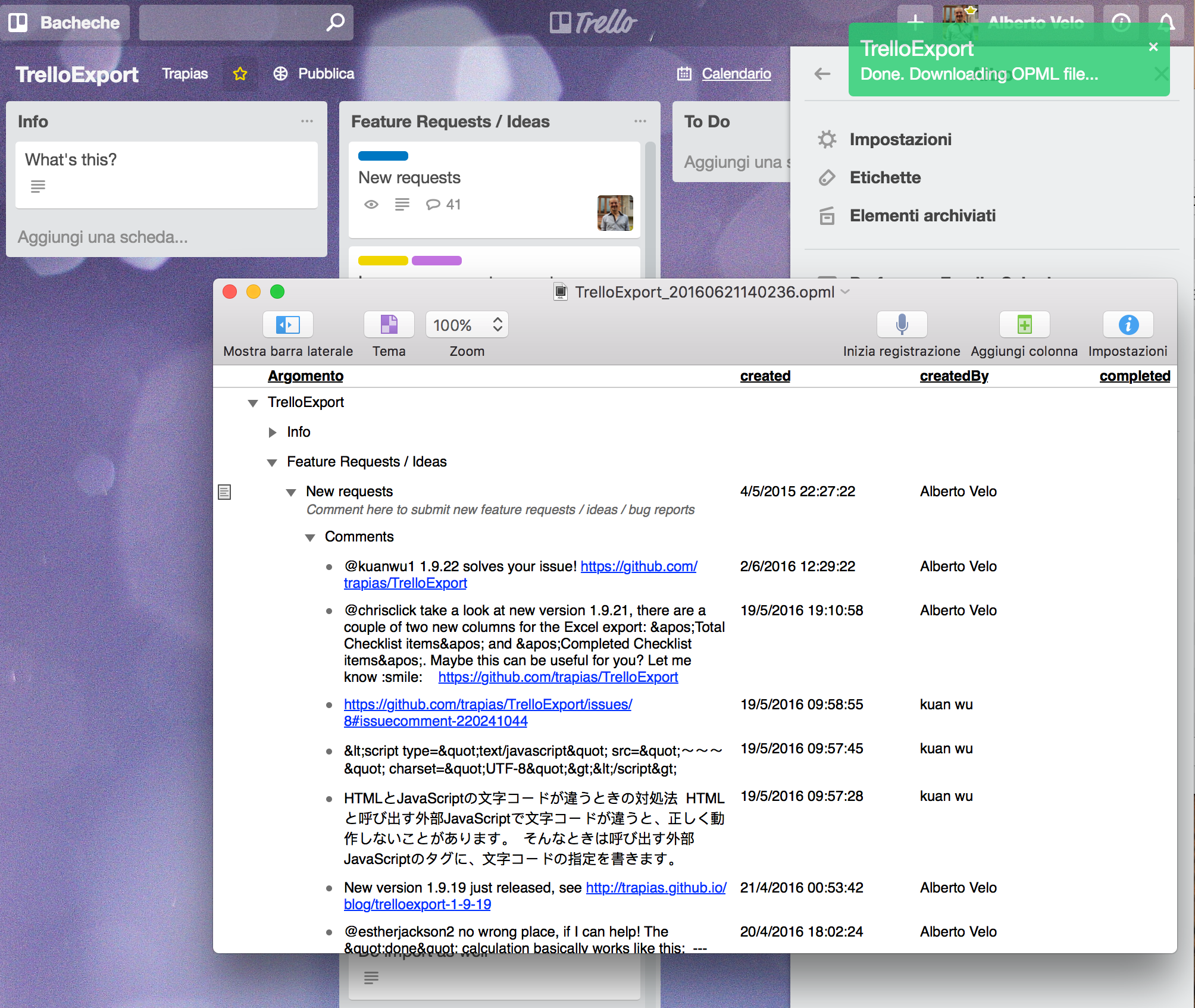

The OPML format is relatively new, and is still undergoing revisions. Whereas we often use RSS to create continuous feeds of information, OPML is a content exchange format for outlines, which means we can use it to share categories of information.
Opml editor online software#
Like RSS, OPML works by specifying structured metadata for information items, which can be shared, interpreted, and displayed by a variety of software programs.

Both are XML-based content syndication and exchange formats, and there is considerable overlap in the authorship of the two formats. (See the Create Your Own Reading List! sidebar for step-by-step instructions on creating an outline with the OPML Editor.) How Does OPML Work? Exactly What Does It Do? All you need to get started is a bit of experience with subscribing to RSS feeds. In fact, you don’t even have to know HTML! The free, easy-to-use OPML Editor allows you to create, publish, and share OPML outlines by clicking and pasting. That is, an element can contain other elements.Īll this talk of XML and markup formats may sound intimidating, but the good news is that you don’t have to know much about XML in order to put OPML to work for you. It is also possible to nest outline elements to create categories of information. Like the elements in an RSS document, these attributes provide information about the items in your outline that can be used to repackage and display them in a variety of contexts.įor example, a basic text item in an OPML outline might look like this:Īn element that holds an RSS feed might look like this: These metadata elements are quite minimal and are intended to be both human- and machine-readable, which means that anyone with a basic knowledge of XHTML can create OPML files with nothing more than a text editor.Īn OPML document consists of three parts: the root element, a that holds basic information about the document’s history and display parameters, and a that contains one or more elements.Įach element consists of one or more of the following attributes: text, created, htmlUrl, title, type, and xmlUrl. Simply stated, OPML provides a mechanism for sharing outlines, which can consist of RSS feeds, links, audio and video files, and text.Īs an XML format, OPML specifies a standardized set of metadata elements that describe outlines. ĭave Winer, author of the OPML specification, explained that “OPML an XML-based format that allows exchange of outline-structured information between applications running on different operating systems and environments” ( ). )įigure 3: Adding a feed to an outline using the OPML Editor. įigure 2: Here’s an example of an OPML-based research guide, generated with the Optimal browser widget.
Opml editor online code#
Don’t worry it’s easier than you think to get geared up!įigure 1: This shows a preview of the XML-based code that makes up an OPML outline. In this article, I’ll discuss the strengths and limitations of the OPML format, explain how it can help you create and share dynamic outlines, and walk you through the creation of your first OPML file. I am already using OPML at Azusa Pacific College in California where I am an instruction librarian and assistant professor. The emerging Outline Processor Markup Language (OPML) promises these features and more, which makes it an excellent format for creating and sharing research and information guides. What if you could create a dynamic research guide that displays the latest headlines from selected blogs, feeds of new book and article titles from the library’s catalog and databases, and audio and video files-along with your traditional Web links and bibliographies? Even better, what if this guide could be syndicated so that people were able to subscribe to it and automatically receive updated versions in their RSS aggregators? But traditional research guides aren’t so great for introducing readers to the very latest resources on their topic, or for engaging them in new online discussions of that topic. Such a guide is great for introducing users to a subject and pointing them to your library’s resources on that subject. Think about your typical Web-based research guide: It’s a list of books, articles, and selected Web sites on a given topic. Gear Up Your Research Guides with the Emerging OPML Codes


 0 kommentar(er)
0 kommentar(er)
